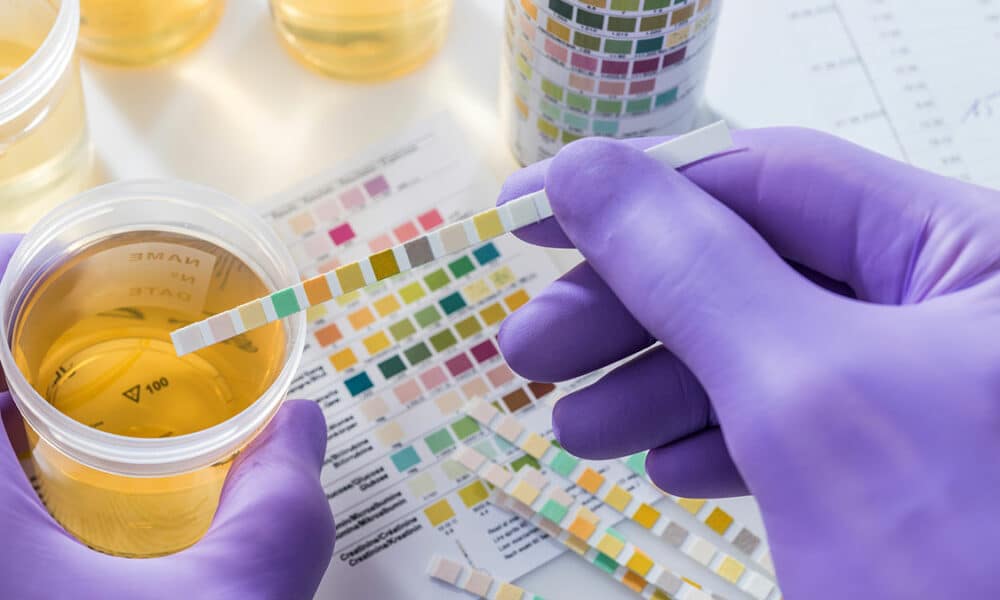
Improving access to good quality eye health services globally is a key enabler to achieving the United Nations Sustainable Development Goals (SDGs), including those related to overall health, poverty, economic productivity, education and equality, according to a new study published in The Lancet Planetary Health.
The research, led by the International Centre for Eye Health (ICEH) at the London School of Hygiene & Tropical Medicine (LSHTM), found that improved eye health services are associated with moving closer to achieving the targets of at least seven SDGs.
In 2020, 1.1 billion people were living with untreated vision impairment, and this is expected to grow to 1.8 billion by 2050. Despite progress in recent years against certain infectious diseases, millions continue to live with impaired vision and blindness unnecessarily. 90% of people with these conditions live in low or middle-income countries, and vision impairment disproportionately affects women, rural populations, and ethnic minority groups.
The study, carried out as part of the collaborative Lancet Global Health Commission on Global Eye Health, looked at 226 studies that reported the relationship between an eye health service and outcomes or pathways related to the SDGs. These services included cataract surgery, free cataract screening, provision of spectacles, trichiasis surgery, rehabilitation services, and rural community eye health volunteers.
Professor Matthew Burton, Director of the ICEH at LSHTM, said: “Eye health is often overlooked, but it is an important factor for improving global health and quality of life. Our study, which is one of only two studies looking at the connections between improvements in a specific area of health and the SDGs, demonstrates that eye health is a powerful enabling tool for sustainable development, both directly and indirectly.
“Currently, eye health does not feature within any of the many targets and indicators of SDG monitoring. This study is part of a growing body of evidence that eye health policies should be embedded across education, the workplace and social services. Interventions, such as improved access to glasses and cataract surgery, need to be prioritised and receive the financial support that a challenge of this scale deserves.”
The authors found multiple direct connections between eye health services and one or more of seven SDGs, including:
- Improved eye health reduces poverty (SDG 1) and improves productivity (SDG 8)
Several studies have shown increases in productivity, household expenditure and household income following access to eye health interventions. For example, in the Philippines, household per capita expenditure increased by 88% over one year in people who underwent cataract surgery.
- Improved eye health advances general health and well-being (SDG 3)
Reviews complementary to this study undertaken for the Commission have shown associations between vision impairment and increased risk of mortality, falls, dementia, mental health challenges, cardiovascular disease, respiratory disease and cancer.
- Improved eye health advances educational outcomes (SDG 4)
Good vision is associated with improved educational outcomes. The provision of spectacles can improve academic test scores, with one study in China showing that the provision of spectacles reduced the odds of failing a class by 44%.
- Improved eye health advances equality (SDGs 5 & 10)
Interventions such as training rural community eye health volunteers and providing cataract surgery can reduce gender inequality in relation to attendance and treatment. Similarly, income equality has been shown to be improved through cataract surgery.
- Improved eye health reduces road traffic accidents (SDG 11)
Cataract has been found to increase the odds of being involved in a collision by 2.5x. Studies have shown that cataract surgery can reduce driving-related difficulties and motor vehicle crashes.
Overall, 27 studies reported that eye health services had a positive effect on advancing one or more SDG targets, with indirect effects proposed for all further goals. Cataract surgery and spectacles were the interventions with the largest number of studies reporting beneficial effects on an SDG.
The potential human impact of not including eye health as an SDG target could be vast, affecting not only individuals but communities and countries as a whole. Vision is a primary sense that enables people to live, work and contribute to societies to their full capacity. It is urgent that good vision is prioritised appropriately.
His Excellency, Dr. Aubrey Webson, the Permanent Representative to the United Nations for Antigua and Barbuda and chair of the UN Friends of Vision group said: “No one should have to live with avoidable blindness or addressable visual impairment in the 21st century when we have proven low-cost solutions to address these conditions. The SDGs represent the highest ambition of the global community, and it is time that eye health is recognised as integral part of that.”
The authors acknowledge limitations of the study, including the exclusion of non-peer-reviewed literature such as government reports and policy papers, or papers where an SDG outcome was not mentioned within the abstract.
More information:
Advancing the Sustainable Development Goals through improving eye health: a scoping review. The Lancet Planetary Health (2022).
Citation:
Improving eye health essential to achieving Sustainable Development Goals (2022, February 24)
retrieved 12 March 2022
from https://medicalxpress.com/news/2022-02-eye-health-essential-sustainable-goals.html
This document is subject to copyright. Apart from any fair dealing for the purpose of private study or research, no
part may be reproduced without the written permission. The content is provided for information purposes only.
Note: This article have been indexed to our site. We do not claim legitimacy, ownership or copyright of any of the content above. To see the article at original source Click Here













